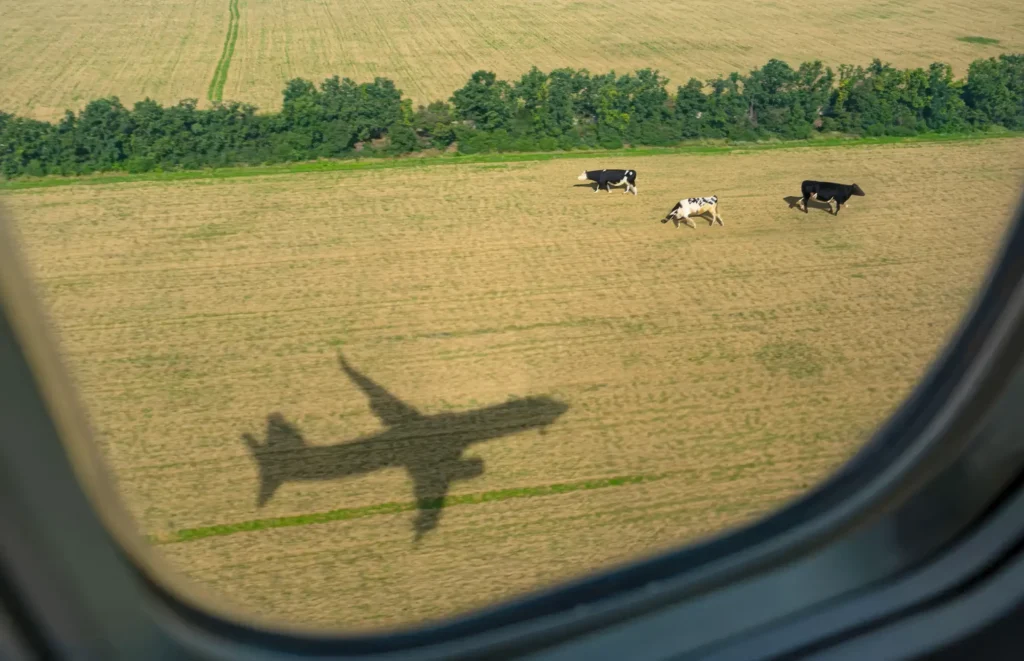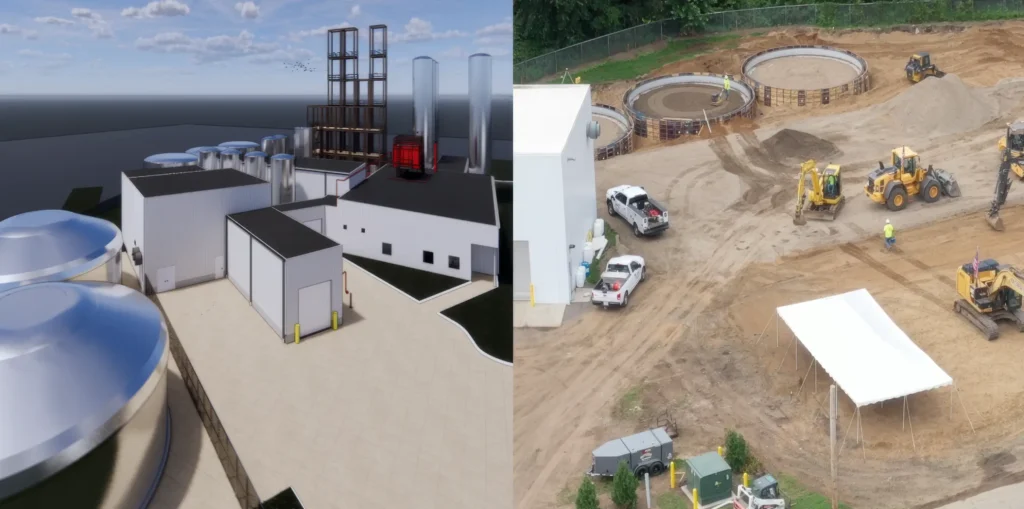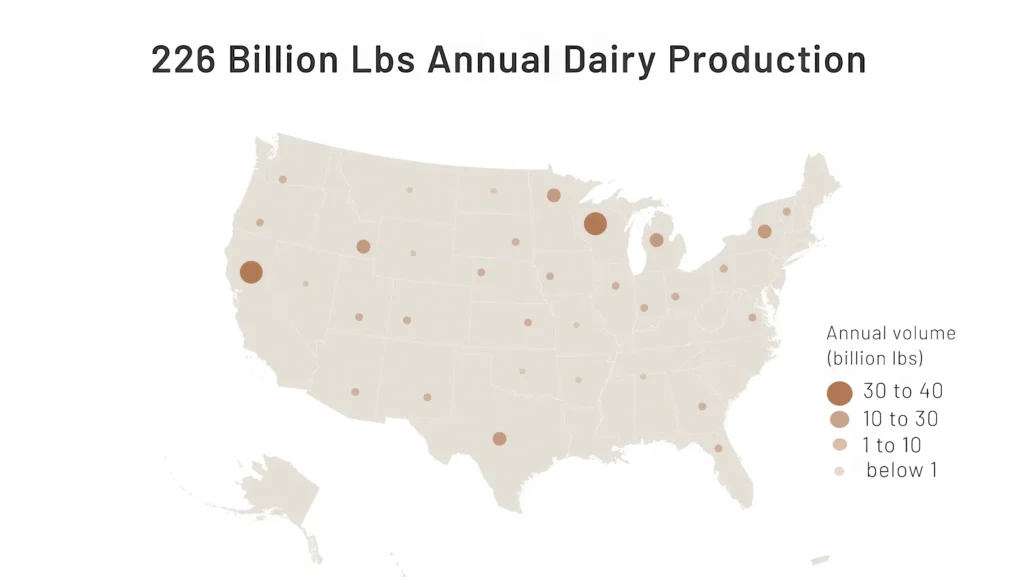Sustainable Aviation Fuel from dairy
“Our low cost feedstock will allow DD Biofuel to produce SAF at a cost comparable to fossil fuel. The holy grail for a SAF supplier.” – David Geros, Chief Science Officer DD Biofuel
Sustainable Aviation Fuel (SAF) is jet fuel produced from renewable and waste feedstocks. It’s what’s known as a “drop in fuel” meaning it’s compatible with existing aircraft engines in up to a 50% blend with traditional fossil aviation fuel. Retrofitted planes can run on 100% SAF. Depending on the production technology and feedstock, SAF can cut emissions by up to 80%.

While hydrogen and electric-powered planes require technological advancements likely decades away, SAF can be deployed today. Currently, most SAF is made from waste cooking oil and fats using technology known as HEFA, but there’s nowhere near enough of this feedstock available to meet the aviation industry’s ambitious 2030 and net zero 2050 targets, of 3 billion and 35 billion gallons of SAF a year respectively.
A new technology called ETJ (Ethanol to Jet) converts ethanol made from any feedstock into jet fuel. To meet the 50% carbon reduction requirements for American SAF, the ETJ process needs low carbon ethanol as an input. But most American ethanol is made from corn, and without carbon sequestration, the carbon footprint of corn ethanol is too high to make SAF. So new sources of low carbon feedstocks are being developed, many from waste materials.
One of the most innovative waste-base SAFs is made from, of all things, the lactose in milk. DD Biofuel, a Canadian startup, has been quietly and independently developing a process to turn the lactose in a widely available dairy byproduct called permeate – left over from making cheese and yogurt – into low carbon ethanol for SAF production. American cows produce enough lactose to make 100 million gallons per year of SAF.

DD Biofuel is currently building a large-scale permeate ethanol plant in partnership with the Michigan Milk Producers Association (MMPA). This $41 million plant being built in Constantine, Michigan will transform 16,000 metric tonnes of permeate into 2.3 million gallons per year of ethanol per year. Coming online in 2025, this plant is estimated to produce ethanol with a carbon intensity (CI) of 5-12g CO2 megajoule (the final score will be audited when the plant is operational). With carbon sequestration, the ethanol’s CI would be negative – which is not the case for all SAF feedstocks.
“Yes, now cows are going to fly,” jokes DD Biofuel’s CEO Omid McDonald at the groundbreaking at the ethanol plant in Constantine, Michigan.
With construction of the Constantine ethanol plant underway, DD Biofuel is currently designing a 30 million gallon per year ETJ plant dedicated to transform permeate ethanol into SAF. No single dairy processor has enough permeate to make the needed permeate ethanol, so ethanol will be aggregated from 12 dairy processors across the US and Canada. Using low cost permeate will allow DD Biofuel to produce SAF at a cost comparable to fossil fuel. The holy grail for a SAF supplier.

Find out how a carbon neutral vodka made from dairy waste led to DD Biofuel’s vision for low carbon energy.
